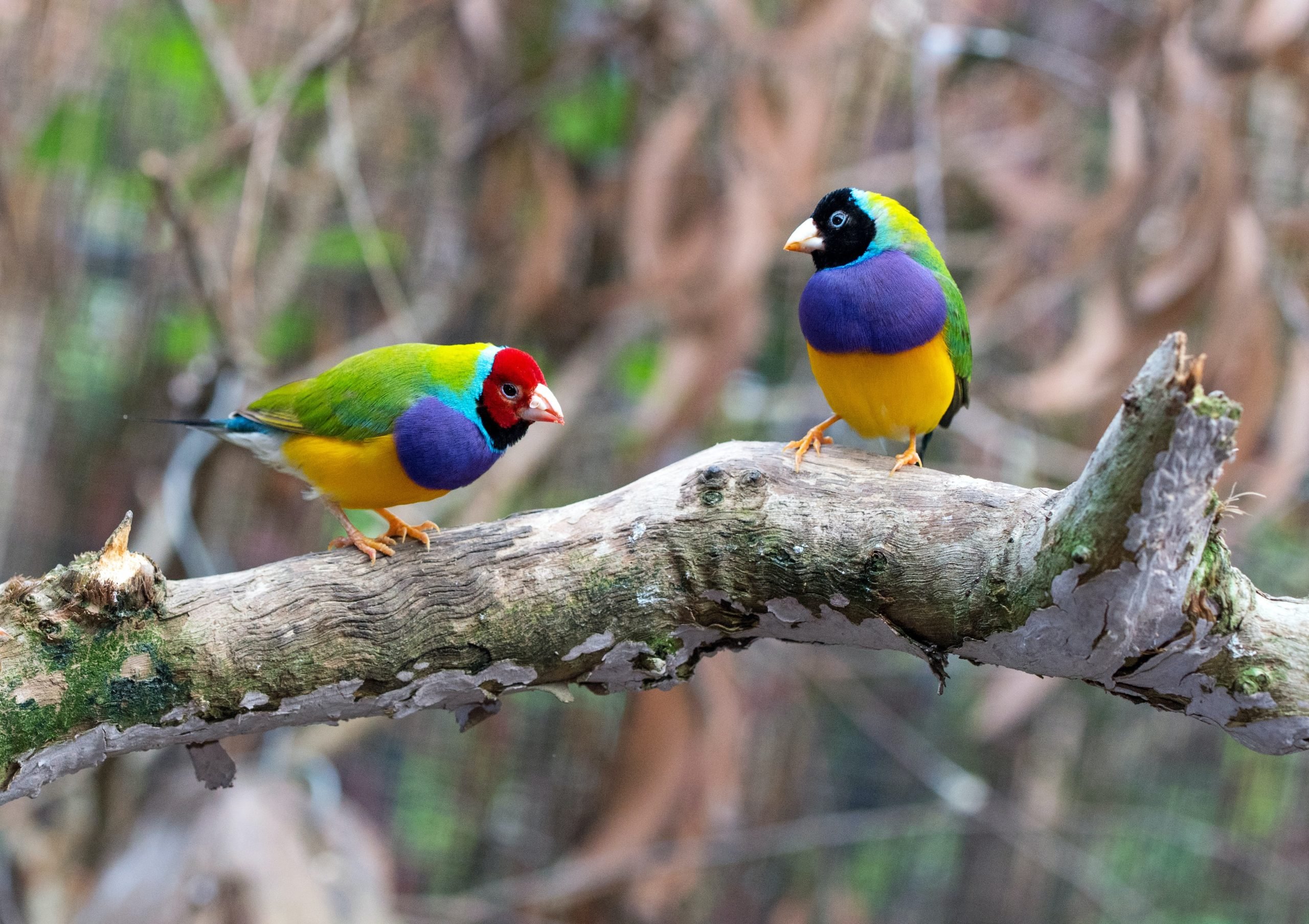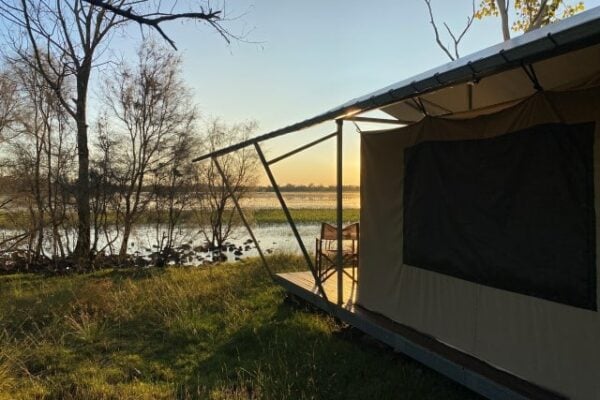The Best Ever Train Tour to the Gulf Savannah 2024
Combine Cape York Tour and Gulf Savannah Tour – Best of Both Worlds in 1 Tour!
A Bird Watcher’s Guide to the Gulf Savannah
28 October 2021
The Gulf Savannah Wetland area of outback Queensland is home to 55 of Australia’s 90 seed-eating birds (including parrots, quails, pigeons and finches), including 13 endemics. In addition, 14 of Australia’s 18 finch species are here. So birding the Savannah Way across northern Queensland provides terrific opportunities to see species not easily found elsewhere and spectacular birding sights as well.
The best bird-watching season in Queensland is in the dry season because the rains have stopped, and the water recedes into the permanent water holes. The dry season is between May and October each year.
The best bird-watching time is early morning or late afternoon because the birds of the savannah wetlands gather around the water holes. The birds with congregate in the shady trees around the water holes, making it easier to spot them.
There are a number of bushwalking tracks in the Gulf Savannah area, of varying lengths, which have beautiful locations to catch a glimpse of those birds or photograph them in their natural habitat.
Spot herons, ibis, finches, cormorants, parrots, honeyeaters and native birds, and other wildlife species called the Gulf Savannah home. For example, around the Cobbold Gorge area alone, more than 100 bird species have been recorded, including a variety of birds of prey, herons, ibis, honeyeaters, and cormorants, flycatchers, cockatoos, pigeons, finches, ducks, parrots and many more.
There is an exclusive private cattle station in the Gulf Savannah region, where you can go bird watching on the exclusive specialised tour. This tour has the best of both worlds by enabling you to have a look around the region, enjoy some history and culture before embarking on a few relaxed days in bird watching paradise. This is a secret location, can only be accessed on this exclusive small-group tour, encompassing Cooktown, Mossman Gorge, Daintree, Bloomfield Falls, Old Laura Homestead, Lakefield National Park, Aboriginal Rock art, Mt Hypipamee National Park and Undara Lava Tubes.
Once you arrive, all your needs are taken care of with an onsite chef preparing all your meals, glamping tents and alcohol included in your stay. The Private Cattle Station is set on approximately 70,000 acres in the Savannah area towards the Gulf with a touch of luxury. You will see around 220 bird species are in the area, with the vast majority spotted directly out front of the campsite and direct from your glamping tents which are set up on the edge of the water, to the wetlands. Tour. If not everyone in your group is a bird watcher, there are plenty of other activities to do at the private cattle station to keep everyone happy. Enjoy kayaking. Guided walks or self-guided walks, learn how to make chutney from local produce or the perfect Anzac biscuit. Join a guided night-time wildlife spotting tour. Most importantly, you can take the opportunity to relax and unwind in a truly stunning setting.
New to Bird Watching, Learn a bit about Binoculars.
In the “Bird Watching in the Gulf Savannah” booklet by Savannah Way, Australia’s Adventure Drive, it is recommended that you prepare for your trip with some binoculars.
If you are new to bird watching, you may want to get some binoculars. We suggest you try 8×40 binoculars (the first number is the magnification, and the second is the diameter of the objective lens). When using the binoculars, set them to your eyes by first moving the two barrels in and out until both eyes see as close to a single disk of view as possible – those peanut shapes are just for the movies! Next, closing your right eye, focus with the main adjustment, so the view is clear. Then with just the right eye, adjust the dioptre, usually on the right eyepiece, until that too is clear. Check both eyes see well. You should not need to change the dioptre adjustment again but use only the central wheel.
Keep your eyes on the target as you bring the binoculars to your eyes. If you are having trouble pointing the binoculars at the target, try practising with just your hands. Keep your eyes on the target as you raise and lower ‘pretend binoculars’ to your eyes and look through your hands. Then practise with the binoculars.
Source: https://www.savannahway.com.au/wp-content/uploads/2020/03/BIRDWATCHING%20BOOKLET.pdf
Other Bird-watching hot spots in the Gulf Savannah
Katherine – Sewerage Treatment Works for wading birds and the road into Edith Falls for Hooded Parrots, Black-tailed Treecreeper, Varied Lorikeet and Rufous-throated Honeyeater. Allegedly Gouldian Finch in the Salmon Gums north of the town.
Mataranka has a family of Red Goshawks – ask at Mataranka Cabins.
Borroloola’s floodplains and southern sandstone attract diversity, including the Australian Bustard, Carpentarian Grasswren, Emu, Gouldian Finch, Masked Owl, Northern (crested) Shrike-tit, Partridge Pigeon and Red Goshawk.
Lawn Hill Gorge is Purple Crowned Fairy Wren country and has Spinifex and riparian habitats.
Adels Grove usually has some keen birders on staff and 140 birds on its list.
Gregory Downs features the Purple Crowned Fairy Wren and Blood Finch along the river.
Burketown – waders, migrants and resident woodland and grassland birds. Try the Bore Drain in town, the Corduroys across the road from the wharf.
Karumba’s mudflats and mangroves are alive with birds – consider a cruise to maximise your opportunity.
Normanton, along with Karumba, has sightings of the Great Billed Heron, White Bellied Mangrove Whistler and Sarus Crane.
Source: https://www.savannahway.com.au/birdwatching-hot-spots/



